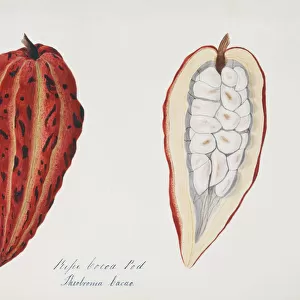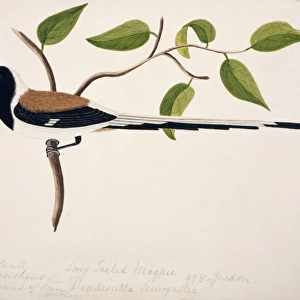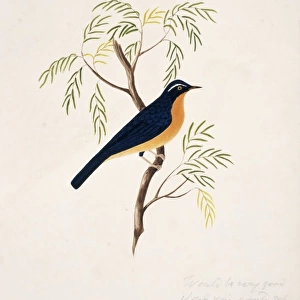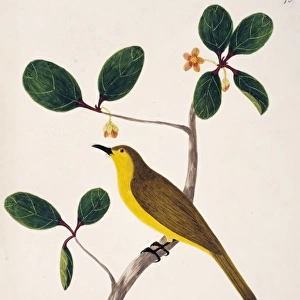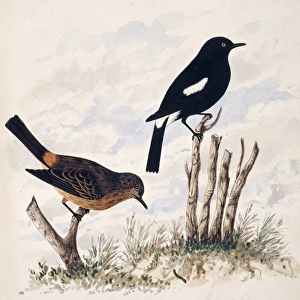Home > Europe > United Kingdom > England > London > Museums > Natural History Museum
Rhodomytris torneutosa, gooseberry
![]()

Wall Art and Photo Gifts from Mary Evans Picture Library
Rhodomytris torneutosa, gooseberry
Plate 56 by Margaret Bushby Lascelles Cockburn (1829-1928). Held at the Natural History Museum, London
Mary Evans Picture Library makes available wonderful images created for people to enjoy over the centuries
Media ID 8592191
© Mary Evans Picture Library 2015 - https://copyrighthub.org/s0/hub1/creation/maryevans/MaryEvansPictureID/10710497
1829 1928 Cockburn Currant Eudicot Eurosid Flora Gooseberry Malvidae Margaret Bushby La Cockburn Margaret Bushby Lascelles Myrtaceae Myrtales Ribes Angiospermae Dicot Dicotyledon Grossulariaceae Magnoliophyta
EDITORS COMMENTS
Plate 56: Rhodomyrtus tomentosa, Gooseberry (Margaret Bushby Lascelles Cockburn, 1829-1928) This stunning nineteenth-century botanical illustration, Plate 56, features Rhodomyrtus tomentosa, commonly known as the gooseberry. The illustration was created by Margaret Bushby Lascelles Cockburn in 1829, during the height of the Victorian era's fascination with the natural world. Cockburn's meticulous attention to detail is evident in the intricate depiction of the gooseberry's delicate pink flowers, which bloom in clusters at the ends of the branches. The gooseberry is a flowering plant belonging to the Myrtaceae family, specifically the genus Rhodomyrtus. It is an angiosperm, a type of flowering plant that produces seeds enclosed in an ovary. As a dicot, it is a eudicot, meaning it has two seed leaves (cotyledons) when it germinates. Rhodomyrtus tomentosa is native to southern Asia, particularly in the Nilgiri Hills of southern India. The gooseberry is an important food source and is widely cultivated for its edible berries. The fruit is round to oval in shape, typically green when unripe and turning yellow or red when ripe. Gooseberries are rich in vitamin C and fiber and are used in various culinary applications, including jams, jellies, pies, and desserts. This beautiful illustration provides a glimpse into the past, showcasing the intricate details of a plant that continues to be an essential part of our food system today. The illustration is held at the Natural History Museum in London and is a testament to the enduring value of botanical art in documenting and celebrating the natural world.
MADE IN THE UK
Safe Shipping with 30 Day Money Back Guarantee
FREE PERSONALISATION*
We are proud to offer a range of customisation features including Personalised Captions, Color Filters and Picture Zoom Tools
SECURE PAYMENTS
We happily accept a wide range of payment options so you can pay for the things you need in the way that is most convenient for you
* Options may vary by product and licensing agreement. Zoomed Pictures can be adjusted in the Basket.


